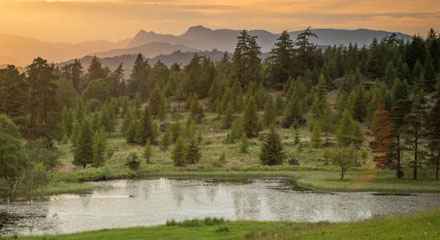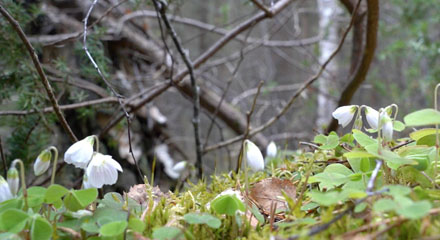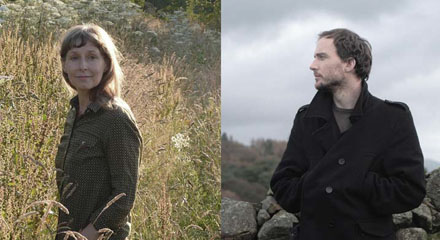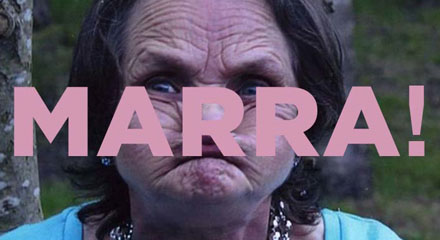Menu
Prelude 2020: Pigeon Post
Kaliane Bradley
WORDS
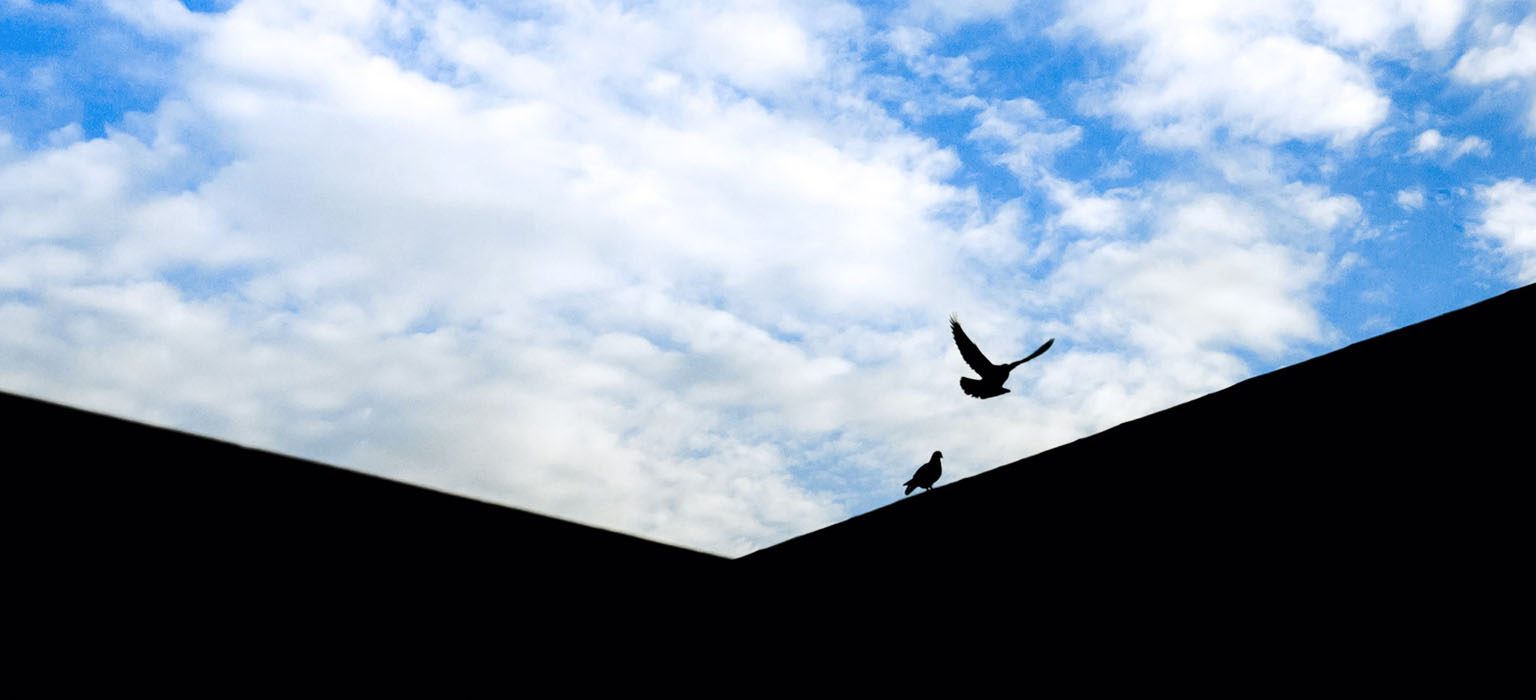
Kaliane Bradley responds to the events of 2020, inspired in part by Wordsworth’s epic poem The Prelude. Commissioned by The Willowherb Review and Aerial.
Homing pigeons have been used to carry messages for thousands of years, covering vast distances bringing news ‘home’. In a time where communication is instant (if ephemeral), but face-to-face contact is restricted, Pigeon Post reflects on the vicarious freedom of watching birds at a bird feeder in a house you have’t left in weeks, cycling through lockdown under clouds of shouting parakeets, the exchange of bird memes as a shorthand for all the emotions and love we want to express to our friends, and the mystery of the baby pigeon (have you ever seen one?).
Pigeon Post
Kaliane Bradley
If you have ever seen a pigeon negotiating a slice of bread, you would be hard put to think of her as one of the geniuses of the animal kingdom. If you have seen pictures of low effort pigeons’ nests—an egg, two twigs, a flat surface, a bilious but proud mother—you would struggle to visualise her as a master of the space around her. And yet, set a homing pigeon free hundreds of miles away from her roost, and she will wing her way home, as if the wind and sky were legible to her.
We’re still not sure exactly how homing pigeons do it. It probably has something to do with the compass provided by the sun, and the earth’s electromagnetic field. Whatever mystic thing homing pigeons are doing, we’ve long found a way to use it pragmatically. Pigeons have carried messages of victory from generals in Gaul to Ancient Rome; before the advent of the telegraph, stockbrokers and financiers used pigeons to communicate. They’ve flown messages from besieged towns, navies and government spies. During the lockdown of 2020, a period which both caused and overlapped with some of the worst months of my life, I thought a lot about pigeons.
We do not, of course, need them to carry our messages anymore. We have email, we have WhatsApp, we have, for our sins, Zoom. Communication can be instantaneous—we can declare love or make an enemy for life without even rolling out of bed. But it has a curiously ephemeral, phantasmagorical flavour. I remember at the height of a particularly lockdownish day—ten hours in front of my computer, on remote servers, in disconnection-addled meetings, peering at image files—I came to in the same room I’d entered that morning. I’d left only to use the bathroom and eat a hurried lunch, the screen still in my mind’s eye. I was overwhelmed by a sense of what I can only describe as hunger. I felt as if I’d fallen into the fairy kingdom and eaten nothing but enchanted sweets, and now I was stuffed with an airy nothingness, swollen with a lack of substance. My whole body ached for people; it ached to go out and be a thing in the world.
I slept badly and woke early the next morning. I stood by the kitchen sink and stared outside at the street. It was raining heavily. Across the road, outside some garages, were a group of four or five pigeons. They were shuffling about and fluffing their feathers. As I watched, one rolled over on its side and stretched out its wing to reveal cloudy, downy wing-pits. The others followed suit. They weren’t in distress. It dawned on me, watching them shake off the raindrops and preen and roll, that they were having a spa day. As the rain eased, one by one, they ruffled, dusted and took off to do whatever it is pigeons do when they aren’t in gainful employment. I’d recorded about 30 seconds of their toilette on my phone. I sent it, contextless, to a friend.
**
I developed another issue with the sheer plenitude of online communication mediums, and the dearth of a sense of meeting and being. When I can say anything, everything, instantly, I cannot say anything at all. Anyone who has faced a roaring cavern behind the eyes at the sound of how are you? will know what I mean. I struggled to communicate the daily grinding terror of death, the loss and loneliness, the yearning, the exhaustion of this new mode of work—despite the privilege of being able to work from home—and simultaneously the pleasures I’d found (no commute, working out with Cassey Ho on the TV every morning, making my own sandwiches, never worrying about FOMO, never worrying about an introvert’s debilitating social exhaustion).
They say a picture is worth a thousand words, which is a deliberate snub to poets, but sometimes the worth of a picture is no words. It’s not that the picture is worthless; its worth comes from the complex radiation of non-verbal communication. When my partner and I are stressed, we send one another picture of cats and cockatoos behaving badly, which can mean everything from I hope this makes you feel better to SCREAMING SCREAMING SCREAMING, depending on the picture. When I sent the pigeon spa video, I wanted to draw someone beloved into a moment of perfect calm and hold us both there until the day started; I didn’t know how to say it, so I sent pigeon post.
It’s easy to awe with an eagle owl and it’s easy to admire a bird of paradise. But with a pigeon in the park, a chicken in the backyard, a sparrow in the hedge, you get the kind of nature that’s so domesticated it’s easy to forget that it’s nature at all. Lockdown forced me to pay close attention to the humble birds, and what I found were little cachets of freedom in mad feathery form.
One of my best friend’s dads takes the most beautiful pictures of the birds at his bird feeder. They are vivid, cinematic images, hinting at narrative and character despite their picayune subjects (tits, sparrows, wood pigeons). He takes photos of birds like birds make sense. How can I explain this? His pictures of birds appear to say: here is a modest piece of the world, whose significance is small and private, but like other small, private things—a wink, a squeezed shoulder, a cup of tea placed silently on a desk—its capacity to hold one calm moment is vast.
**
Have you ever seen a baby pigeon? Unlike, say, ducks and seagulls, pigeons tend not to let their young leave the nest until they’re close to fully grown. Some conspiracy theorists say that this is a government lie, and that there are no baby pigeons because birds aren’t real; they are little cameras who are watching our every move. I say that a love you must see consistent physical proof of is no love at all, and I applaud the devotion and care of adult pigeons, who feed their ugly little children until they are stuffed little balls in the nest, ready to flop out on wings fresh but every bit as big as mum and dad.
Nests seem to be such a vexed topic for pigeons. They build them very badly, for a start, assembling a sort of freeform pastiche of the nest format without any of the structural integrity. The classic feral town pigeon, the ‘flying rat’, is the descendant of the wild rock dove, who nests in cliffs. Feral pigeons make do with building ledges. Next time you see a beleaguered pigeon crammed into the gap between anti-bird spikes above a shop sign, remember that something in his tiny pigeon id is dreaming of the sea. Urban human nests have an element of the same chaos. We are community
creatures, but the spread of capital cities (and the strangulating tendrils of gentrification) can make it hard to keep our chosen communities together. Everywhere in London takes an hour to get to, regardless of whether it’s around the corner or across the Thames. My friends and I moved to wherever we could afford the rent, which was different parts of Zone 3. Long-term renters often find themselves forced to move regularly; our homing instincts become mutable, flexible, or suppressed. I spent a lot of time travelling to my various friends on public transport until, suddenly, I didn’t get on public transport at all.
My partner was living alone in Canning Town. The Sunday before the UK-wide lockdown was established, I was caught between staying put in my shared house for what I thought would be around three to six weeks (ha ha ha), or cycling across the city to join him for three to six weeks (ho ho ho). I am a very nervous person. I decided to bike to Canning Town. I can’t drive and, having only learned to ride a bike when I was 26, I’d never ridden it farther than up the high street to the cinema. My partner and I lived 7 miles apart, most of which is accessible via Walthamstow’s wetlands, Hackney Marshes, the Queen Elizabeth Olympic Park and the Greenway. It was 6 miles more than I’d ever biked before but at least I was more likely to be decked by a jogger than run over by traffic. Pigeon post has been sent across thousands of miles of land and sea, and pigeons don’t even understand how reflections work. Surely I could do it. So my partner biked over to my house, filled his panniers and my backpack with what I’d need for a minimalist three to six weeks, and we set off.
I was ecstatic for much of that bike ride, because I didn’t die. Cycling through the marshes, as the sun was beginning its downward trajectory, we startled a team of green parakeets, who shouted at us from the trees then rose into the air like scattered leaves, a variegated arrow through the sky. I saw that small slice of the world around me like a sung praise. The wind and road seemed, for a moment, legible to me, as it must be to homing pigeons. I was sending myself as the message across city, with my laptop and my spare socks in my backpack.
Here’s the secret about pigeon post: it’s not the pigeon’s post that matters, but the fact that it can make the journey. We close the gap between us when we make the effort, brave the bike path, text the apology, drop round the cake. Those thousand miles of peril and traffic are so many patches on a quilt. We tell one another we’re held; we tell one another we’re home.
Author
Kaliane Bradley is an editor, critic and writer based in London. Her dance, theatre and book reviews have appeared in Time Out, The Stage, Exeunt, the Observer, The White Review and the TLS. Her writing has appeared in Granta, Somesuch Stories, The Willowherb Review, Catapult and The Tangerine, among others.

Explore More
SOUNDS, WORDS & FILM
Caught by the River
WORDS
Amanda Thomson
FILM & WORDS
Corbel Stone Press
FILM
Lone Taxidermist
Aerial is a festival of contemporary music, literature & performance, taking place in the stunning landscape of the Lake District.
Get the latest Aerial news

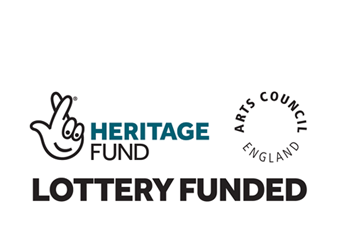
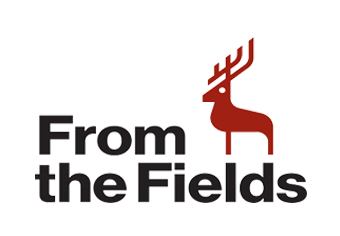
Aerial is made possible by funding from Great Place Lakes & Dales: placing art, heritage and culture at the heart of our future.
Copyright © 2020 Aerial. Branding by Louiza Rabouhi Landscape photography by John Shedwick

